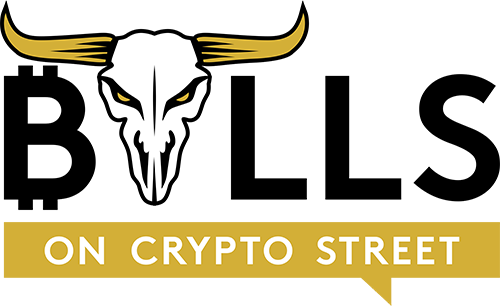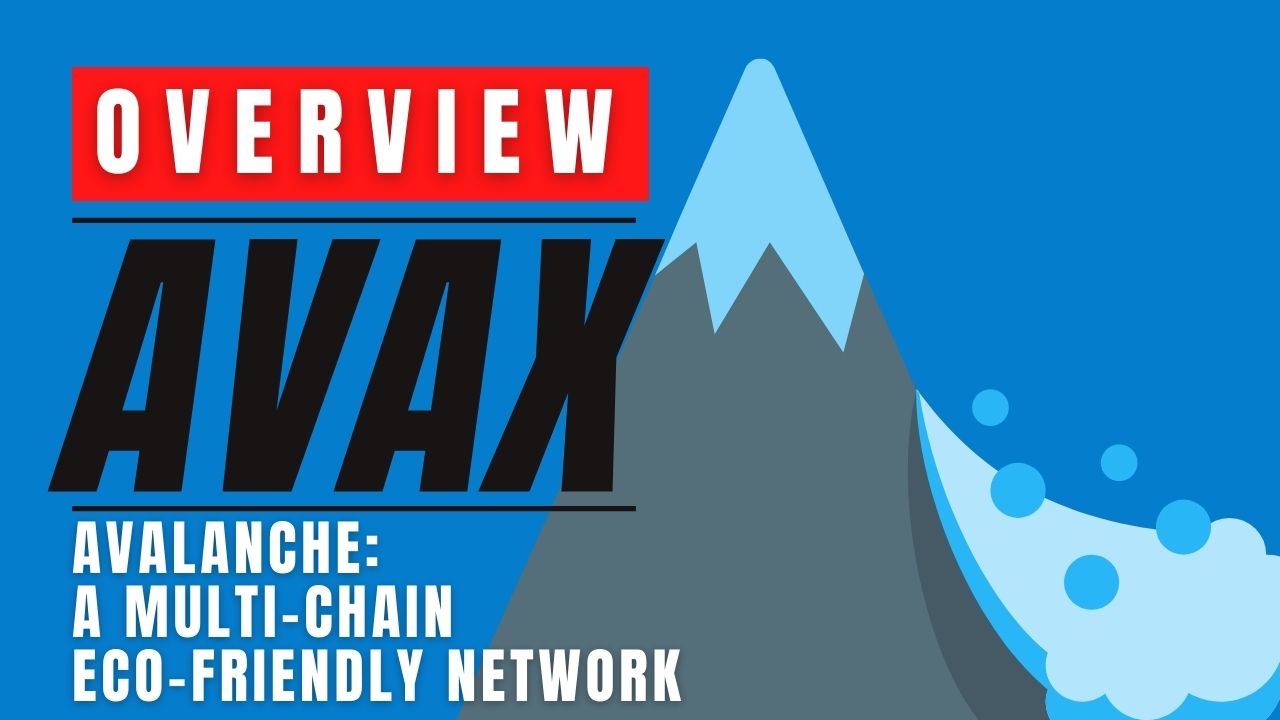Avalanche is a new generation blockchain that was designed to offer lower fees and fast transaction time. It was launched to the public in 2020 by Ava Labs, and founded by Emin Gün Sirer, a notable researcher. Ever since then, the blockchain network has grown rapidly with both decentralized finance and NFT projects being built on it. As a new blockchain, Avalanche was created to solve the blockchain trilemma, especially the scalability issue noticed in Ethereum. Like Ethereum, Avalanche is a smart contract platform used by developers to launch their decentralized apps and smart contracts in an eco-friendly and fast ecosystem. Unlike Ethereum, it opts for multiple consensus mechanisms- Avalanche and Snowman, which utilize low computing power compared to Proof of Work. This is why it is one of the eco-friendliest blockchains in existence.
At its mainnet launch, the network had already raised millions of dollars in investments from Venture capitalist firms like Polychain Capital, and Andreesen Horowitz.
Problems that Avalanche solves
Avalanche solves some major issues, which are scalability, decentralization, transaction fees, as well as interoperability.
Scalability
Older networks suffer from low scalability, which leads to a congested chain. A network is highly scalable when it continues to function effectively as more transactions occur in the chain. To solve scalability issues, blockchains may be tempted to opt for centralized methods, which defeats the purpose of decentralization.
Networks like Avalanche have opted for a method to solve scalability issues without compromising on decentralization. It uses a multiple chain method, which works with three blockchains called Platform Chain, Contract Chain and Exchange Chain.
Decentralization
While opting for a scalable method, some networks sacrifice decentralization by giving only a fewer set of people the power to verify transactions, thereby improving transaction speed.
Avalanche is different, as it has solved the scalability issue that plagues older generations of networks like Bitcoin and Ethereum. There are multiple nodes verifying transactions to ensure that the network is highly decentralized.
Interoperability
Avalanche network is designed to be Interoperable. It has Subnets that are customized by developers to achieve different purposes. These Subnets can interact with one another, as people can transfer digital assets among them, and even outside the Avalanche ecosystem. The overall network does not work in isolation.
Gas fees
Gas fees are quite high on the Ethereum chain. This trend is linked to the congested network, which is linked to an increasing number of users. When developers want to deploy their smart contracts, they have to pay high gas fees. Users of decentralized finance platforms have to pay astronomically high gas fees when they lend, borrow or carry out other DeFi activities which are discouraging.
Avalanche network solves this with its multi chain functionality, thereby reducing congestion that leads to competing for gas fees.
Avalanche Architecture
As an open source blockchain, anyone can view the code behind the network. It is a network for the deploying of decentralized apps from NFT to DeFi platforms. It is a network with a capacity to support tens of thousands of validators.
In Avalanche, validation takes seconds and once accepted or rejected, they are irreversible and final. It uses the unique consensus protocol called Snowman. It is a totally-ordered mechanism that ensures the network enjoys high throughput and advanced smart contracts. The contract chain and platform chain use this consensus system to function effectively.
During the development of the network, it was designed to be flexible and to be customized by developers that want to build on it. Anything that is built on Avalanche is viewed as a subnet. Scalability is attained via the multiple chain system that the network follows. It also has the Interoperable element, making it compatible with other chains like Ethereum.
Avalanche’s Primary Network has three chains, which are the Platform Chain (P-Chain), Contract Chain (C-Chain) and Exchange Chain (X-Chain).
Platform Chain (P-Chain)
P-Chain is the metadata chain that operates the Snowman consensus mechanism. This is the main blockchain, and it acts as the coordinator for validators, ensuring that they behave accordingly. Its duties also involve allowing the easy creation of new subnets, while monitoring the existing ones. People are allowed to create their subnets or customized blockchains because of the Platform chain. It oversees the validation process on the network, ensuring that AVAX coins are created on the Exchange Chain.
Contract Chain (C-Chain)
The second chain on Avalanche is the contract chain, which acts as the smart contract chain. With this layer, developers can create and deploy their Ethereum-compatible smart contracts. Developers that need their decentralized apps to possess total ordering to opt for this chain. It utilizes the Snowman consensus like the Platform Chain.
This chain oversees the setting up of decentralized apps, and since it is Ethereum compatible, people can move their Ethereum-based apps to Avalanche seamlessly.
Exchange Chain (X-Chain)
This is the asset chain that allows people to create new assets, and quickly transfer assets from one address to another. It also oversees the transfer of assets from one subnet to the other on Avalanche. Decentralized applications that use this chain do not need total ordering, instead they act as commutative apps.
This chain uses the Avalanche consensus protocol, which is Proof of stake, making it the creation chain of the AVAX token. It is responsible for the transactions that occur on the network.
Every node works in parallel to one another courtesy of the Avalanche consensus protocol, thereby checking the transaction confirmations of other validators. Doing this increases the throughput to 6500 TPa, then offers a sub-one-second finality time. Snowman protocol uses a similar system, but it functions linearly with blocks.
Avalanche’s consensus mechanisms
Avalanche network utilizes two consensus mechanisms, which are the Avalanche consensus protocol and the Snowman consensus mechanism.
Avalanche
The network reaches consensus without electing a leader that processes transactions. It is different from the usual PoW, PoS or DPoS consensus mechanism. In Avalanche consensus protocol, this type of consensus protocol utilizes every node to process and verify transactions via the implementation of a DAG optimized mechanism. With the Directed Acyclic Graph, transactions are to be processed in parallel.
Snowman
The Snowman consensus protocol works like its counterpart above, but transactions are ordered linearly. Snowman is also different from Avalanche consensus protocol because it creates blocks.
The token used on the Avalanche network is AVAX.
If you want to learn how to trade the momentum of cryptos like AVAX, check out our Cryptostreet Trading Bootcamp.

Bulls on Crypto Street is a trading education website dedicated to digital assets such as Bitcoin, Ethereum, DeFi, NFTs, and other new advancements in the Metaverse.

